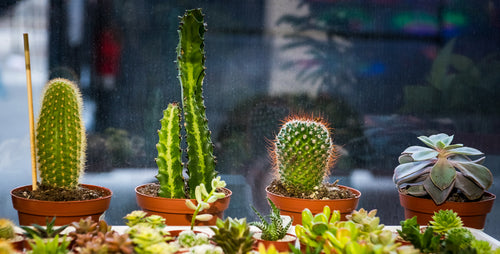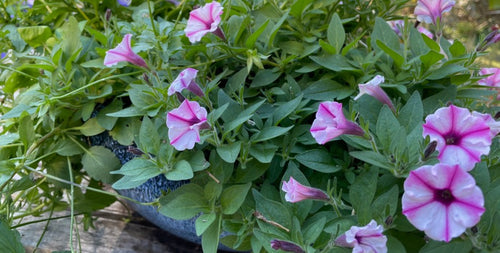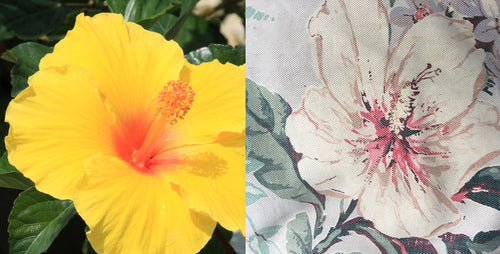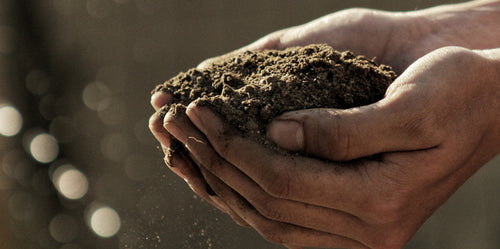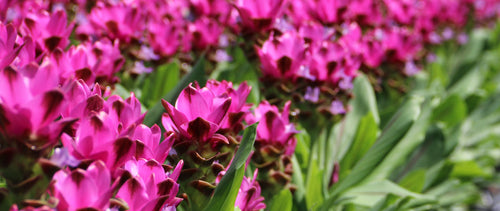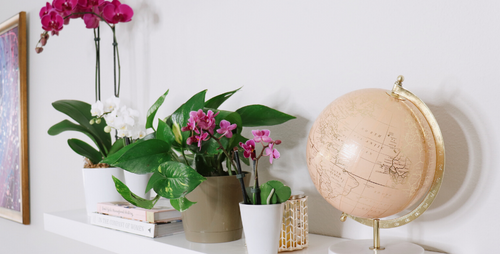I love hibiscus, and have even before I worked at Costa Farms. It's hard not to fall in love with their big, bodacious blooms and high-impact color display. Each spring it's like a holiday when we're ready to start shipping the plants our growers have been lovingly tending for the past few months.
Our hibiscus line up offers unique qualities. Some varieties have huge flowers (6 inches across or more!). Others have interesting color patterns or combinations (that may change colors throughout the day). Other varieties (in our HibisQs collection) stay more compact, forming a ball of blooms. They're perfect for adding a dramatic touch to your sunny porch, deck, or patio.
Ever wonder how to care for hibiscus? Good news: It's easy. Really easy! All they really require is regular watering, but you can encourage more blooms if you fertilize, as well. One tip for making fertilizing easy is to use a timed- or slow-release fertilizer (Osmocote is one major brand, but there are also organic types available). This type of fertilizer slowly releases nutrients into the soil each time you water -- and it does this for the entire growing season. Note: When using timed-release fertilizers, be sure to follow the directions on the packaging.
If you want to keep your plants looking their best, you can also remove any faded flowers or old leaves that may turn yellow. This improves the look of the plant, but doesn't really have any impact on its health so it's really up to you if you want to do it.
Hibiscus are tropical, but if you live in a cold-winter climate, you can bring them indoors before the first frost in fall and cultivate them indoors in a sunny window. And if you're lucky enough to live in a subtropical area (such as South Florida), your hibiscus will continue to bloom all year long! Get tips for saving tropical plants (like hibiscus) before winter.
Our hibiscus line up offers unique qualities. Some varieties have huge flowers (6 inches across or more!). Others have interesting color patterns or combinations (that may change colors throughout the day). Other varieties (in our HibisQs collection) stay more compact, forming a ball of blooms. They're perfect for adding a dramatic touch to your sunny porch, deck, or patio.
Ever wonder how to care for hibiscus? Good news: It's easy. Really easy! All they really require is regular watering, but you can encourage more blooms if you fertilize, as well. One tip for making fertilizing easy is to use a timed- or slow-release fertilizer (Osmocote is one major brand, but there are also organic types available). This type of fertilizer slowly releases nutrients into the soil each time you water -- and it does this for the entire growing season. Note: When using timed-release fertilizers, be sure to follow the directions on the packaging.
If you want to keep your plants looking their best, you can also remove any faded flowers or old leaves that may turn yellow. This improves the look of the plant, but doesn't really have any impact on its health so it's really up to you if you want to do it.
Hibiscus are tropical, but if you live in a cold-winter climate, you can bring them indoors before the first frost in fall and cultivate them indoors in a sunny window. And if you're lucky enough to live in a subtropical area (such as South Florida), your hibiscus will continue to bloom all year long! Get tips for saving tropical plants (like hibiscus) before winter.
Written by Justin Hancock









